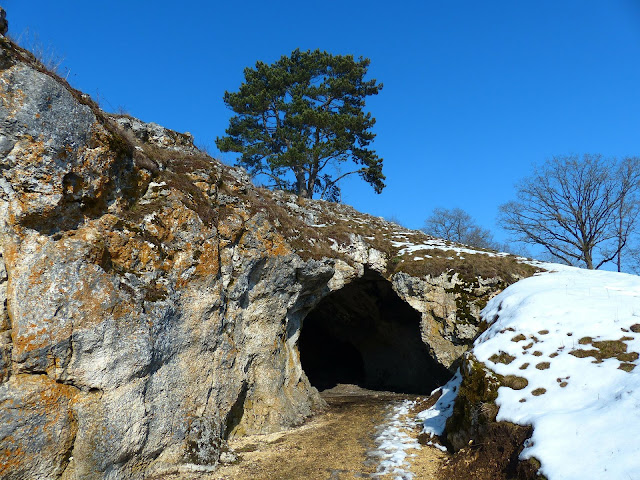Step #1: Begin at the beginning.
The often-repeated admonition about searching for your ancestry is to work from what you know to discover what you do not know. This means starting with your own personal history.
Who are you?
Where and when were you born?
Who are your parents?
How do you know the answers to these questions?
What documentation do you have to support your answers?
The key factor in every step of establishing a valid connection between you and your ancestors is discovering a valid, supportable, parent/child relationship. This means obtaining historical documentation that shows each individual as a child of a father and a mother. If you cannot establish that specific relationship, you are at the end of that particular ancestral line. Even if you inherit a substantial amount of information about your family, take the time to examine each relationship and support each relationship with documentation. Learning about your family is called genealogy.
Step #2: Don't ever assume that the information you received from someone else is correct until it has been verified.
It is not uncommon with today's DNA tools for people to discover that that they are not related to their parents or grandparents. You might be surprised. Assuming a relationship, even from the very beginning of your search, can lead to a lot of wasted time and effort. However, you can choose to investigate any parent/child relationship: biological, adopted, step, foster, or any other such relationship in your own cultural history. If you inherited some genealogy from a relative who lived before computers and the internet, it is very likely that the information they found is already incorporated in an online family tree. Take time to go online and look beginning with the free, universal FamilySearch.org Family Tree.
Step #3: Avoid the temptation to jump back generations.
This step means you need to ignore the "fan chart illusion" of relationships. Too many people are attracted by the unknown empty spaces on a chart long before they know anything about the real people they are related to. Finding your ancestors is like building a bridge. You can't start in the middle or at the other end. You can only establish a valid pedigree step by step, person by person, document by document.
Step #4: Always identify the specific places where events occurred.
Location, location, location. Your ancestors, beginning with your parents, lived real lives in real places. Those places must be specifically identified. For example, "Germany" is not a place. It is an excuse for a place. Garmisch-Partenkirchen, Oberbayem, Bavaria, Germany is a place. All genealogically helpful records are located geographically. Finding those records is the main component of finding your ancestors. Before looking for names, look for places.
Step #5: Learn the history of every location where your ancestors lived.
Genealogy is history and all history is really genealogy. Your ancestors did not live in a vacuum. Knowing the history of every place where your ancestors lived is crucial to knowing who they were and how they lived. Knowing the history of every place mentioned in your ancestry is also crucial to finding records about your family.
Step #6: Carefully document every event in your ancestors' lives.
Keeping a copy of every record you find about your family makes verifying the information and extending your research much, much easier. Now that we can digitize records and use digital copies of records, keeping copies of all the records or links to where copies can be found does not mean that we must dedicate a room in our homes to records.
Step #7: Use all the available resources to learn how to find your ancestors.
Where do you begin? I have one constant suggestion for anyone who is beginning to discover their family. Study the FamilySearch.org Research Wiki. Here is the link. https://www.familysearch.org/en/wiki/Main_Page
If you are not familiar with the Research Wiki, here are some videos that might help.
You might also find the entire BYU Family History Library YouTube Channel to be helpful.
For free step-by-step instructions that go way beyond this post, study The Family History Guide.





No comments:
Post a Comment